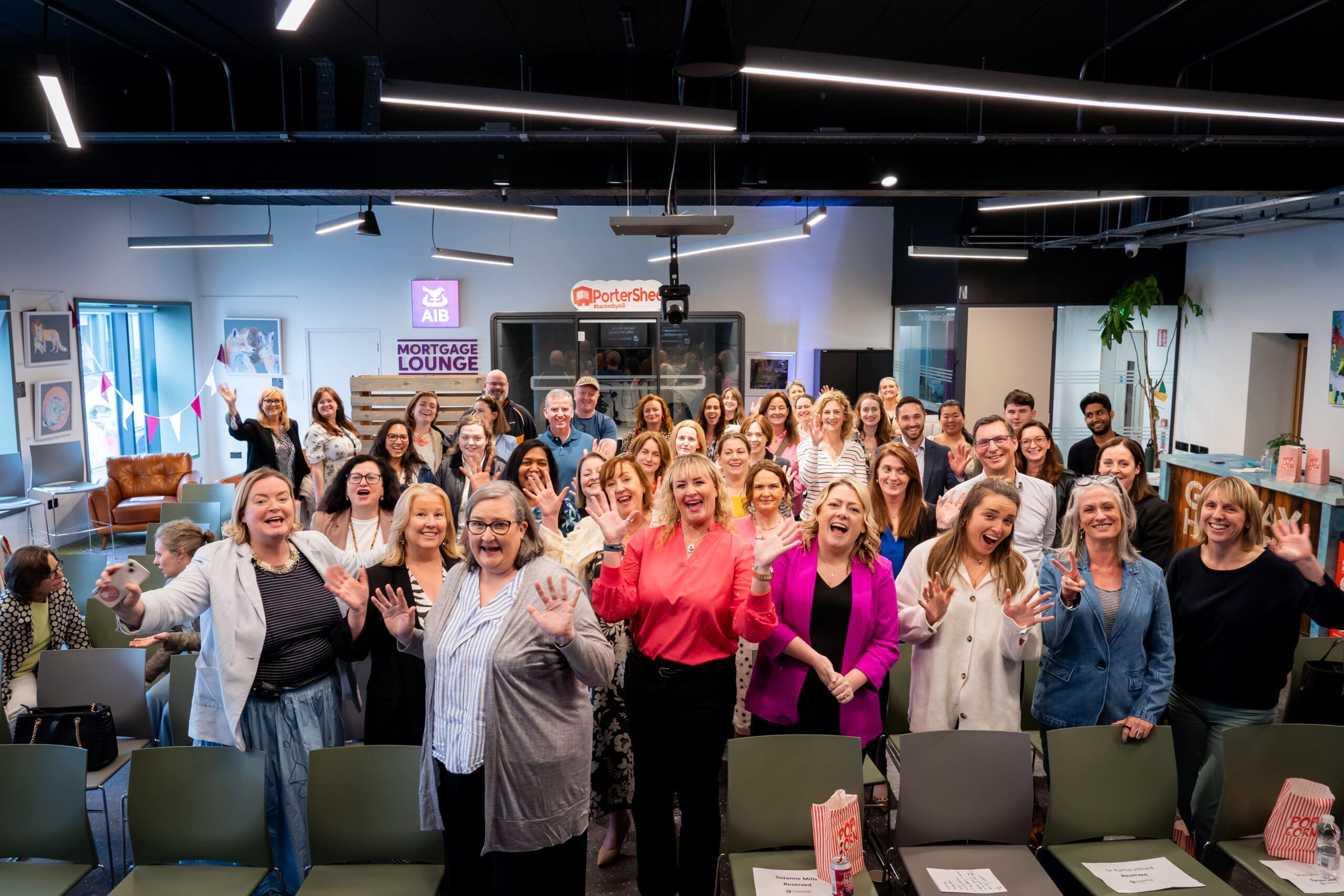Cover your Ass
I’ve been working on a new approach to writing business plans that, if it makes sense, will appear as part of an upcoming Validator webinar (if you’re not watching Validator webinars, it’s about time you started. They’re available on the PorterShed and Validator sites, and well worth your attention).
The work put me in the mind of an insight by Waverly Deutsch, a brilliant professor of entrepreneurship and my partner for twenty years as an accelerator coach.
She would saunter into a classroom and look at the assembled business school students. ‘What is the difference between a $30 pair of Wrangler jeans and a $300 pair of 7 for Mankind jeans?’ she’d ask.
After a few attempts at explanation, she’d say:
‘It’s simple. One covers your ass, the other says look at my ass.’
This was how she introduced a two-hour session on brand, pricing, and customer segmentation.
So why did her comparison strike me as relevant to writing a business plan?
Wrangler/7FAM measures the difference between a deck and a business plan. And why both are standard equipment for startups, scale-ups, and growth-stage companies.
The deck is 7 for all Mankind. Glitz and glitter, all the imperfections smoothed out, designed for dance floor or High Street. To be seen and appreciated, to stand out from the crowd. To make that great, memorable first impression, sell yourself even if you’re not, in reality, the runway model you appear to be.
The business plan is all business. The story should be the same as that in the deck, but it’s an in-depth demonstration of the hard work that you put into everything you do – especially your business. No gilding the lily, no hyperbole. The business plan demonstrates the care and planning that goes into every business decision. As well as the due diligence you’ve done to know your marketplace and competition. It’s your opportunity to make a reasoned argument for the advantages and the margins that you can deliver. That defines how you will stand out in an ever-more crowded market. It’s where you go in-depth to detail all the acronyms – CAC, LTV, SAM, SOM, TAM – and demonstrate your understanding of business financials. The business plan details the key resources, whether they be IP, seasoned management team, customers, or full-stack developers that set you up for success.
In other words, the business plan proves you’ve done – and will continue to do – what’s necessary. That you can wear the Wranglers, and that you can cover your ass when it comes to the difficult questions you will inevitable face from serious investors – questions about the bumps and lumps covered over in the fancy pitch deck, in the runway presentation that garnered interest in the first place. And if you’re going to make a match with one or many funders, you have to have the effortless High Street style AND the workmanlike dedication.
Business plans are no fun. They are a relic from a less digital era, a lot of work that often goes unappreciated – or unread. But writing the plan is the necessary getting of wisdom that prepares you to answer the most difficult questions, that convinces an investor to hand you her money, to trust you with making the future possible.
As always, let me know if you have questions or comments.


Bob Rosenberg
Educator (Associate Professor) / Entrepreneur / Leader of angel communities /
Entrepreneur in residence at PorterShed and BioExcel
Rarosenberg@gmail.com


